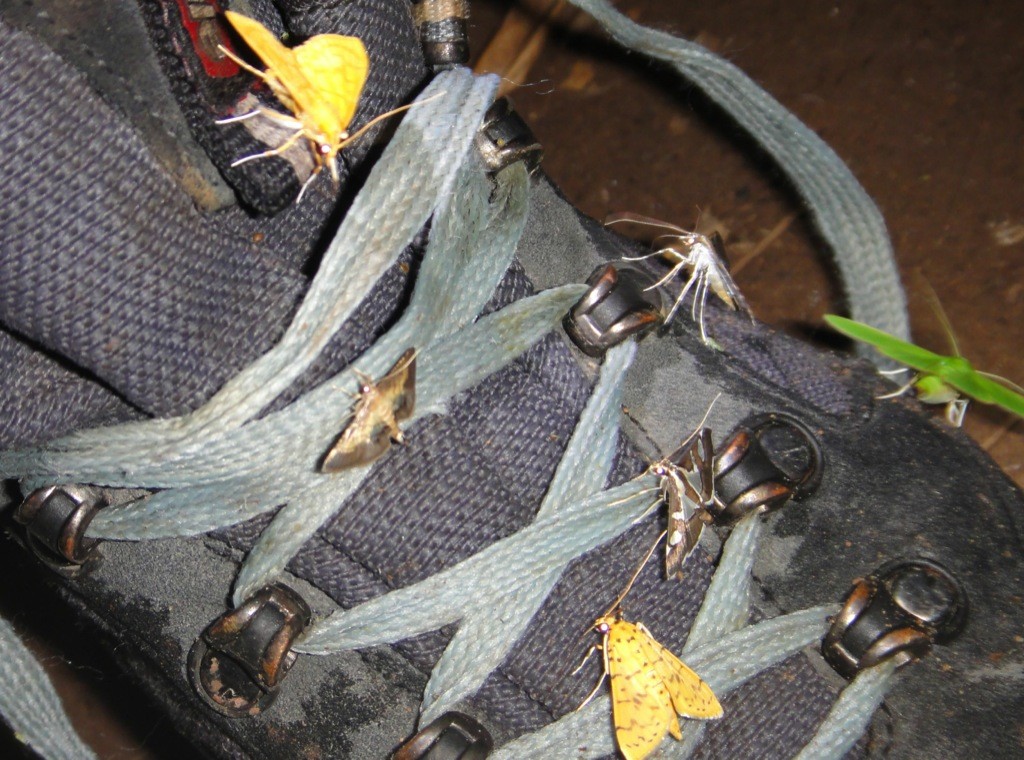Fifteen and a Half Steps to (Back)Packing Mastery
1: Heavy Stuff High, Light Stuff Low
Thanks to the high-school physics principle of moment, things at the bottom of your pack feel heavier than the stuff at the top. Pack the heavy stuff higher up your body to reduce the strain.
2: Centre the Really Heavy Stuff
If you have more weight on the left-hand side of your pack than on the right, your shoulders will feel it. Soon followed by your back, your hips and your legs. Place the heavy stuff equidistant from left and right sides, and secure it with internal straps.
3: Distribute Less Heavy Stuff Evenly Across Two Sides
If you’re carrying water, put equal quantities on either side. In fact, even quite light stuff can unbalance a pack. Put the washbag on one side, medical kit on the other.
4: Put Fragile Stuff Up High
Once you’ve placed the heavy stuff, you can place any fragile stuff you may be carrying. (Like speakers.) Put it above anything heavy.

5: Hide Away Things You Won’t Need for a While
Look for a backpack with a separate compartment in the base. Then put the stuff you won’t be using in the immediate future in it, and leave it there. Whether boots, warm jacket and thermals, or beachwear, shorts and sandals.
6: Stash Paperwork in Inside Pockets
Store all the paperwork you need to have, but will rarely (or never) use — insurance documents, warranties, diving logbooks, copies of your passport, vaccination certificates, passport photos — in inside pockets.
7: Split Money, Cards and Passports
Keep one card in your day pack and a second in your backpack. Keep emergency hard currency in the backpack in case the day pack goes AWOL. If your passport is in the day pack, keep copies in the backpack. If it’s in the backpack, carry copies with you.
8: Store Electricals in Plastic Bags
Backpacks can get drenched on boats and buses. Wrap anything you can’t afford to lose in layers of plastic bags. I’ve never met a fabric that’s proof against Filipino boatmen.
9: Roll, Don’t Fold
Definitionally, travel clothing does not need folding. Roll clothes up and use them to pad and secure your other stuff.
10: Keep Cables Together
Cables, chargers and conversion plugs are a complete pain in the butt. Keep them all in one pocket so you know where they are and they don’t tangle with your other stuff.
11: Chuck Sh*t Out!
It’s amazing the amount of crap the average backpack can accumulate. USB cables for a long-deceased mobile phone. Instruction manuals for a camera you’ve been using for months. Timetables for trains a country or four ago… Have regular clearouts and lose the junk.
12: Sarongs, not Towels
A sarong is a towel, a skirt, a bathing outfit, a sheet, a sleeping bag, a modesty screen… All for less space, weight and money than a towel.
13: Zip-off Trousers are Two Outfits for the Space of One
Not the most elegant items, sure. But zip-off trousers (combat style, with pockets) are two outfits for the space and price of one.
14: Colour Coordinate
All your clothes need to work together as layers. And with whatever shoes you have. Pick colours and stick with them.
15: Have a Day Pack that Fits your Pack
There are few things more unwieldy (or inelegant) than carrying two packs. Buy a backpack with a detachable day pack, so you can carry everything in one go without looking pregnant.
15 and a half: Before you Go…
Test pack, carrying all the bulky stuff you might wear on a flight but have to carry when you travel overland, to see that everything fits. That’s without sitting on the pack, tugging at the zip like something out of Pumping Iron or filling the day pack till it creaks.
New here? Why not subscribe to my RSS?

Excellent packing tips! While we have used quite a few of them in our travels, the “heavy high” tip was new for us and will definitely be put into practice.
We are firm believers in leaving things behind along the way. It is indeed amazing how much stuff we can accumulate while traveling; and many things that we thought were “indispensable” when we first packed prove to be “extra” things that we can definitely live without. We leave those items behind in our hostels, with notes to let the staff know that we have left the things behind intentionally (and that anyone can have the items if desired).
We are thoroughly enjoying your travel stories, and we eagerly await more about your adventures with Z!
I like to put cables and stuff that can get tangled inside of socks. Keeps things from getting out of hand.